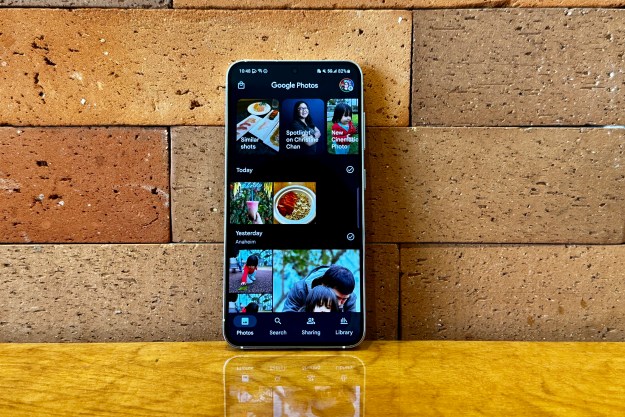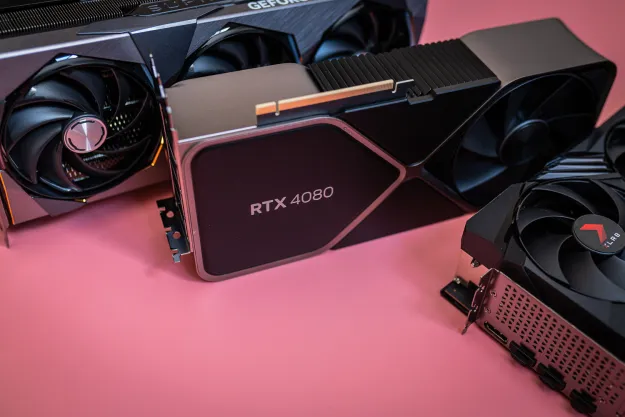
Users of Chrome for Android will be happy to know that its Data Saver mode has come to the rescue. Data Saver mode not only saves precious data, it speeds up your experience.
Once the mode is enabled, web pages will load without images, resulting in a savings of up to 70 percent of data. You can still load images later if you want by tapping individual ones or selecting all of them at once.
The Data Saver mode on Chrome for Android isn’t new. Google launched the feature last year for both
This feature is most important for emerging markets, and that’s why Google is launching it in India and Indonesia first. Google did say that other countries will follow suit soon.
Google didn’t mention if the update will be made available to iOS devices, but we assume it will at a later date. iPhone and iPad users can still use the older Data Saving mode for a 50 percent savings though. Apple does have something similar called Ad Blocker for its Safari browser, but that’s more about eliminating ads.
To enable Data Saving mode in Chrome for Android, touch the Menu, followed by Settings. Tap on Data Saver under Advanced, and slide the switch to On.
Editors' Recommendations
- Google is launching a powerful new AI app for your Android phone
- Your Android phone just got an update that could save your life
- How to save your data from Google’s purge of inactive accounts
- Have the Android 14 beta on your Pixel? You need to download this update now
- Some Ryzen CPUs are burning up. Here’s what you can do to save yours


